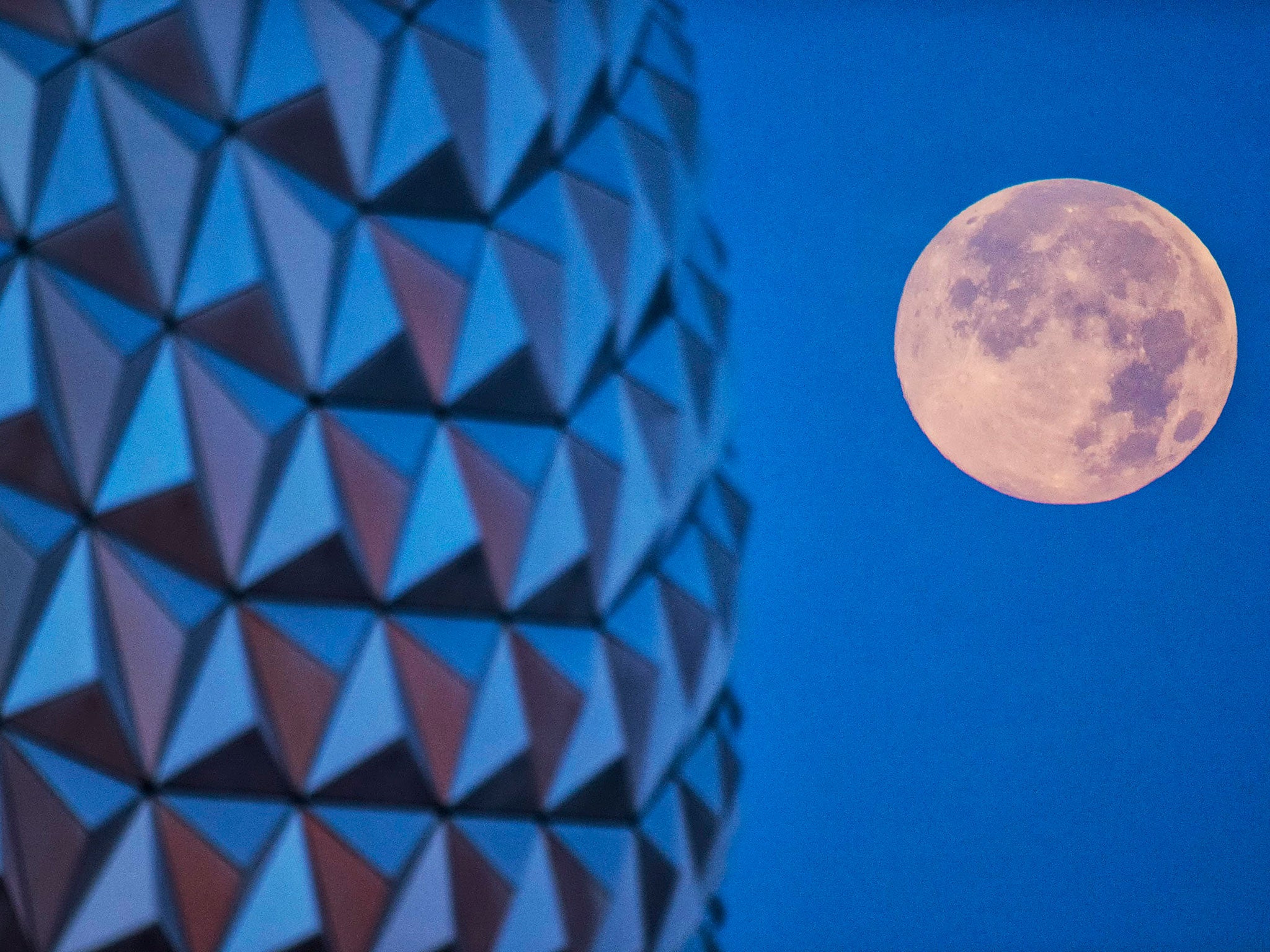Supermoon 2014: When and why will the moon look bigger and brighter this summer?
Last year, the 'supermoon' appeared to be 30 per cent brighter

The moon will appear unusually large and bright on Saturday evening, in the first of three so-called ‘Supermoon’ events that will take place this summer.
Stargazers will be able to catch the moon appearing to be strangely luminous at 11:25 (GMT) on Saturday evening, when it will be 222,611 miles away and in what is known as its perigee.
Full moons vary in size because of the oval shape of its orbit and its elliptical path around Earth.
When in perigee, the moon is around 50,000 km closer than when it is furthest away, or in apogee.
On 12 July and at 01:38 (GMT) on 9 September, it will become full on the same day it is in perigee, and appear in the sky as an enormous, glowing orb.
But true astronomical buffs are most excited by 10 August, when the moon will be 863 miles closer than on Saturday, and will become full on the same hour as perigee and will appear at its brightest in 2014.
Unlike solar eclipses and other celestial treats, supermoons occur every 13 months and 18 days, Geoff Chester of US Naval Observatory told NASA Science. However, these events are not always noticed, as they can be masked by clouds and poor weather.
In fact there are two further perigee moons on the astronomical calendar this year, but these are not visible from Earth.
The last time a supermoon made headlines was in June last year, when it appeared to be 14 per cent bigger and 30 per cent brighter.
Subscribe to Independent Premium to bookmark this article
Want to bookmark your favourite articles and stories to read or reference later? Start your Independent Premium subscription today.

Join our commenting forum
Join thought-provoking conversations, follow other Independent readers and see their replies